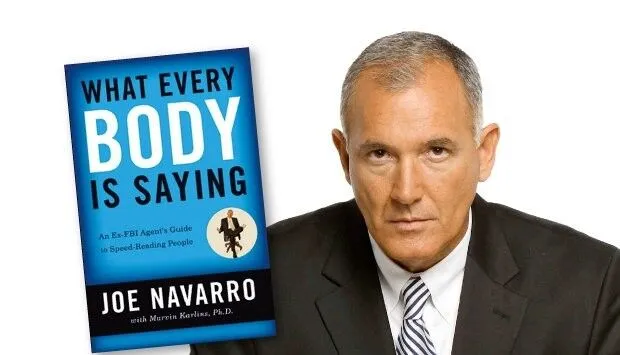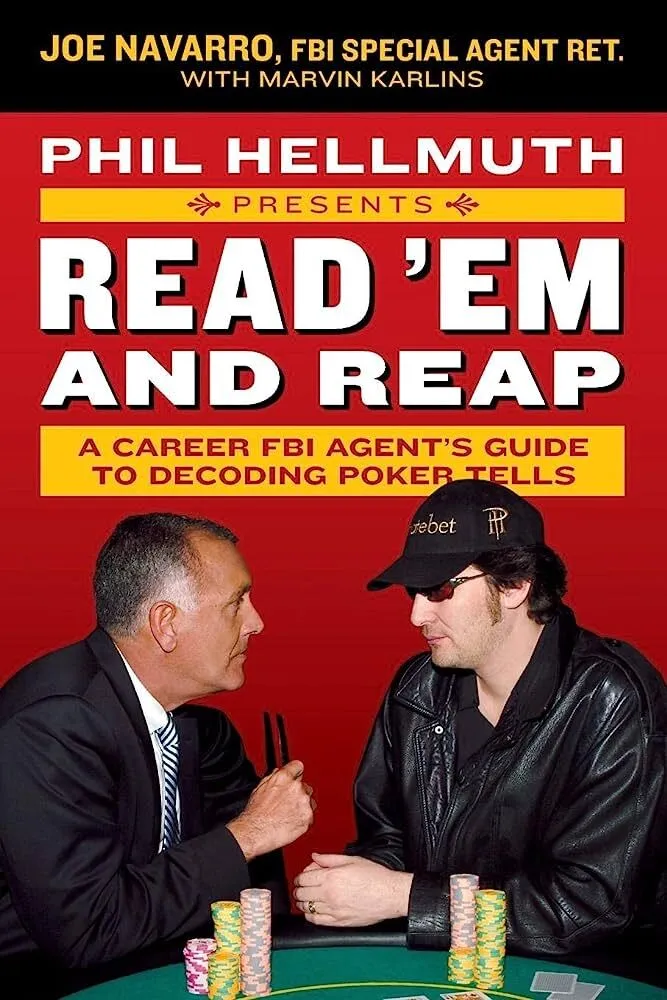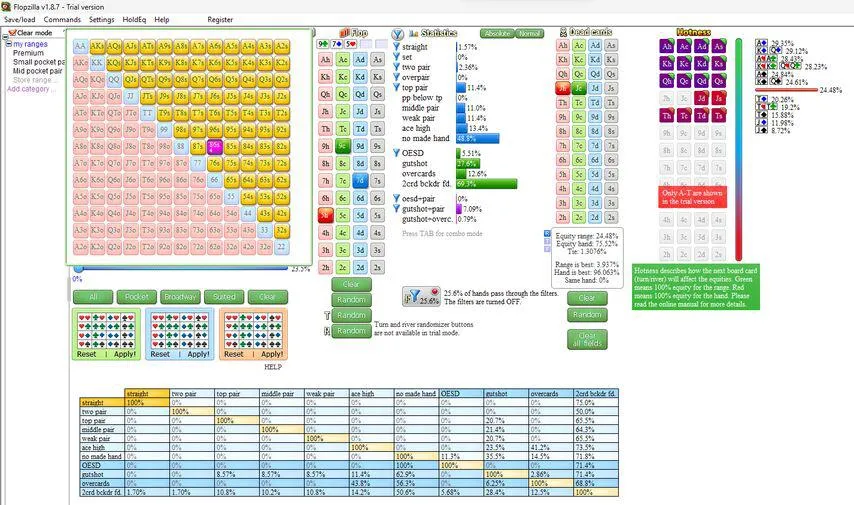Some poker players believe the most important factor influencing their results is the ability to "read" their opponent. With a glance or two, a movement here, or a twitch there, motivations are revealed. Hollywood is partially to blame for the obsession with poker tells – but they absolutely do have their place in live poker.
Online, it is used rarely since there are very few clues, except timing and sizing.
In live games, your opponents may reveal their intentions using non-verbal signals. Today, many psychologists and experts teach how to recognize poker tells and interpret them correctly. The hero of our article is far from them.
So, who is Joe Navarro?
Who is the FBI Agent Joe Navarro?
Joe Navarro worked for over 25 years in the FBI, interrogating terrorists, spies, and other dubious individuals one-on-one. Unsurprisingly, by retirement, he had become respected in the Federal Bureau of Investigations.
He was invited to coach and share his experience with newcomers.

However, this was not enough for the veteran.
He understood such knowledge could help not only against criminals but also at the live poker table. Therefore, he began work on two books that teach you to better understand opponents and notice even seemingly little things. One of those books is What Every Body is Saying, which is a fantastic piece of work on body language published in 2008.
Body language is a topic many live professionals study. We won't claim Joe Navarro's two books will take your people-reading skills to an FBI agent's level. However, you will learn to notice non-verbal gestures that indicate hand strength.
For online poker players, the timing, bet sizing, and tendencies in different positions are all ways to gain information from your opponents. This takes time to be aware of, understand, and create strategies for. Always master a stake level you are comfortable with and apply your strategies successfully there, then move up in stakes.
- Increased first deposit bonus
- Increased rakeback and reloads
- Help with deposits and cashouts
- Access to private freerolls
- Round-the-clock support
Joe Navarro’s Other Books on Poker Tells
Joe Navarro came to the poker community in 2005. Imagine how much the game has changed in 20 years. The former FBI agent notes that top books of that time allocated only about 50 tells. At that time, body language focused on narrow areas: the face and hands. Joe could not understand why other areas were not included, like the neck, fingers, legs, and torso.
In his first book, Read 'Em and Reap, he increased the number of spots from 50 to 140. You can imagine the furor the work caused with this, long before What Every Body is Saying was released.

The first group of poker players Navarro worked with included 17-time WSOP gold bracelet winner Phil Hellmuth. At that time, still quite young, Phil had no idea it was possible to understand opponents so deeply.
After positive feedback, Navarro began working on his second book, "200 Poker Tells." It was created so everyone could take it on trips and use it electronically if necessary. This was cutting-edge stuff back then, but no longer. Remember, we are talking about the mid-2000s, so don't be surprised by this fact.
What Else to Read on the Topic?
Books on psychology are one of the few areas in poker literature that do not become obsolete. You can find interesting clues to take positive actions in sweepstakes. Moreover, it doesn't matter how long ago the work was published—you will find useful points.
One of the most famous books about poker bodies comes from Mike Caro. "Sign Language" became a real masterpiece. In this work, you can read:
- How the interlocutor reveals insecurity
- Misleading gestures that mean the opposite
- Key thoughts and a test to reinforce the material

How to Improve Your Poker Level
It would be a lie to say there is no universal advice on becoming a successful poker player. Ready for the main secret? You need to study, study, and study again.
In modern online poker, even at micro-limits, competition constantly grows. This trend will not change in the foreseeable future as more information becomes publicly available.
You have only one way to counter this situation. You must actively work on your game.
You will have to do this even more diligently, ignoring external factors. For live poker, tells are important, but online, it is wiser to concentrate on the quality of your actions. Start by studying ranges and adding spectra to your thinking.

The best program to show how different hands hit a given board is Flopzilla. Compared to top-end software costing several hundred or thousands of dollars, an eternal Flopzilla key costs $25 and applies to two devices. You can buy the program in the GipsyTeam store.
If you’d like to go further, we are living in a great time to do that. Studying poker is much easier with the many trainer apps and tools on the market. Many are even specialized for specific games, like cash, MTT, Spins, or SNGs.
























